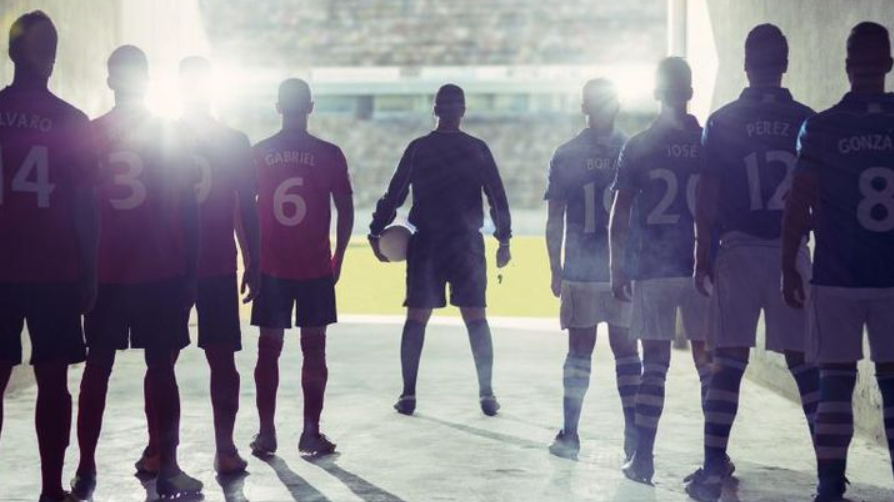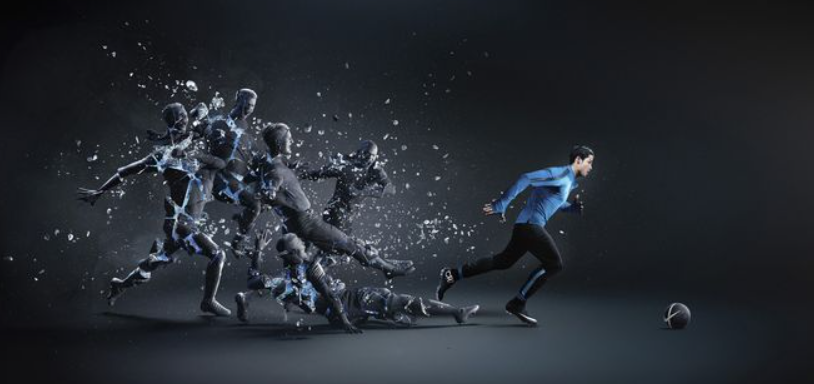You don’t play football only with your feet. The best players—Messi, Kroos, De Bruyne—dominate because they see more, earlier. Modern football is brutally fast. By the time the ball reaches a midfielder, he has half a second to scan, decide, and deliver. That “pre-scan” isn’t instinct—it’s trained, tracked, and analyzed. Clubs across Europe are pouring resources into visual cognition and spatial awareness training.
They’re not teaching players how to kick better. They’re teaching them how to think faster—and earlier—on the move.
The Science Behind Split-Second Decisions
Footballers make up to 2,000 decisions per 90 minutes. Most happen before they even touch the ball. Top academies now use neuro-tracking software and cognitive VR tools to replicate in-game pressure. Players train their brains to recognize patterns, scan space, and anticipate movement at game speed.

It’s not gimmicky—it’s the mental equivalent of lifting weights. But instead of building muscle, it builds milliseconds. Here are the core mental abilities players work on during these sessions:
- Pre-Scanning Frequency – How often a player checks his surroundings before receiving the ball
- Peripheral Awareness – Spotting teammates and pressure off the ball, without turning the head
- Decision-Making Speed – Reducing hesitation between seeing an option and acting on it
- Working Memory – Holding multiple moving elements in mind while under pressure
- Visual-Auditory Sync – Processing a coach’s voice while tracking ball and movement simultaneously
These are measured with tech like NeuroTracker, Fitlight, and Oculus-based systems—used everywhere from Manchester City to Bayern’s youth ranks.
It’s Changing How Players Are Evaluated
Scouts aren’t just watching goals and tackles. They’re watching head turns, scanning rates, and eye-body coordination.
Clubs like Ajax and Benfica have integrated cognitive data into youth scouting. Players who scan more frequently and react quicker—even at age 14—are flagged for priority development. The data has even led to unexpected signings: players who may seem “average” on tape but shine in pre-decision speed.
And recovery? It’s not just about the hamstrings anymore. Players returning from injury now re-train their cognitive sharpness before they’re cleared for full contact.
These are some of the tactical advantages that emerge once players start thinking ahead of the game:
- Faster Transitions – Players process shape shifts quicker in attack and defense
- Cleaner Build-Up Play – Midfielders scan ahead more, reducing turnovers under pressure
- Improved Press Resistance – Players react calmly to fast-moving opponents
- Better Off-the-Ball Movement – Awareness boosts timing and positioning runs
- Sharper Defensive Reads – Center-backs anticipate through balls and overlaps faster
The Football Mind Is the New Frontier
Physical talent still matters. But the next wave of elite players won’t just be fast—they’ll be mentally explosive.
Football is entering its “brain era,” where awareness, scanning, and cognitive edge can change entire systems. The smartest players won’t just know what’s happening. They’ll feel what’s coming—two seconds before anyone else even turns their head.



